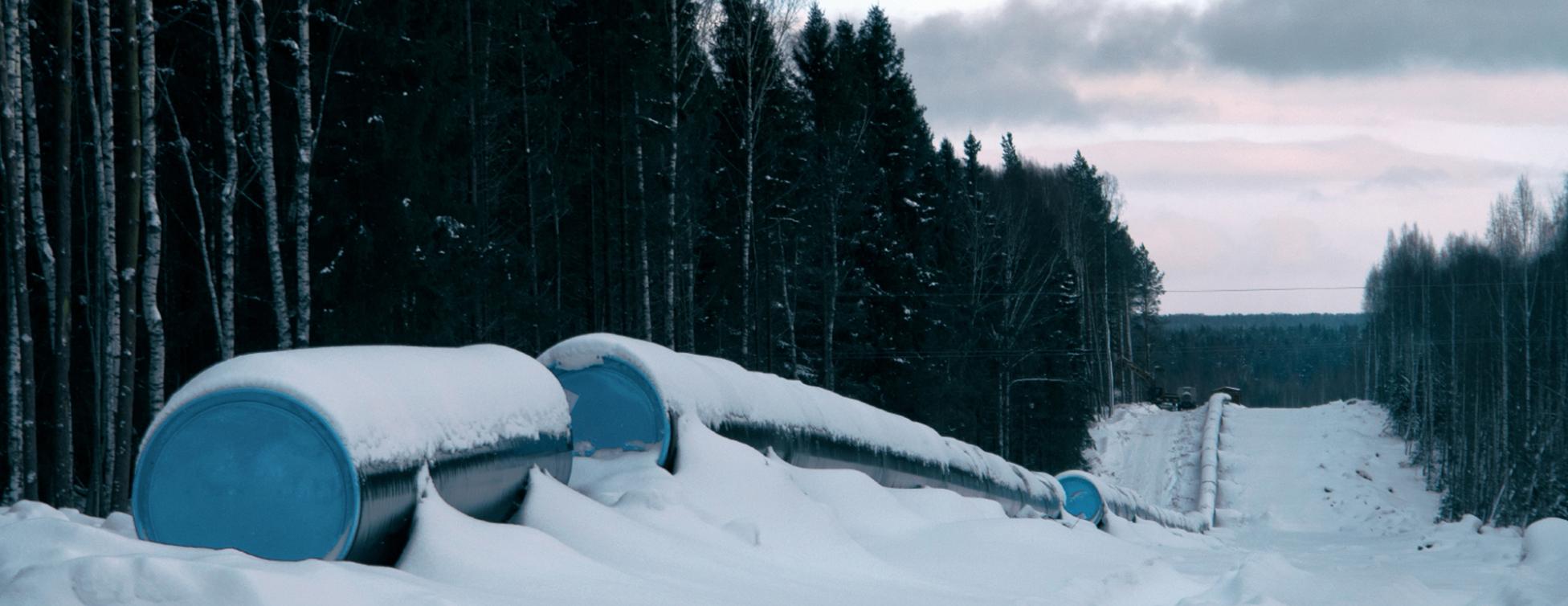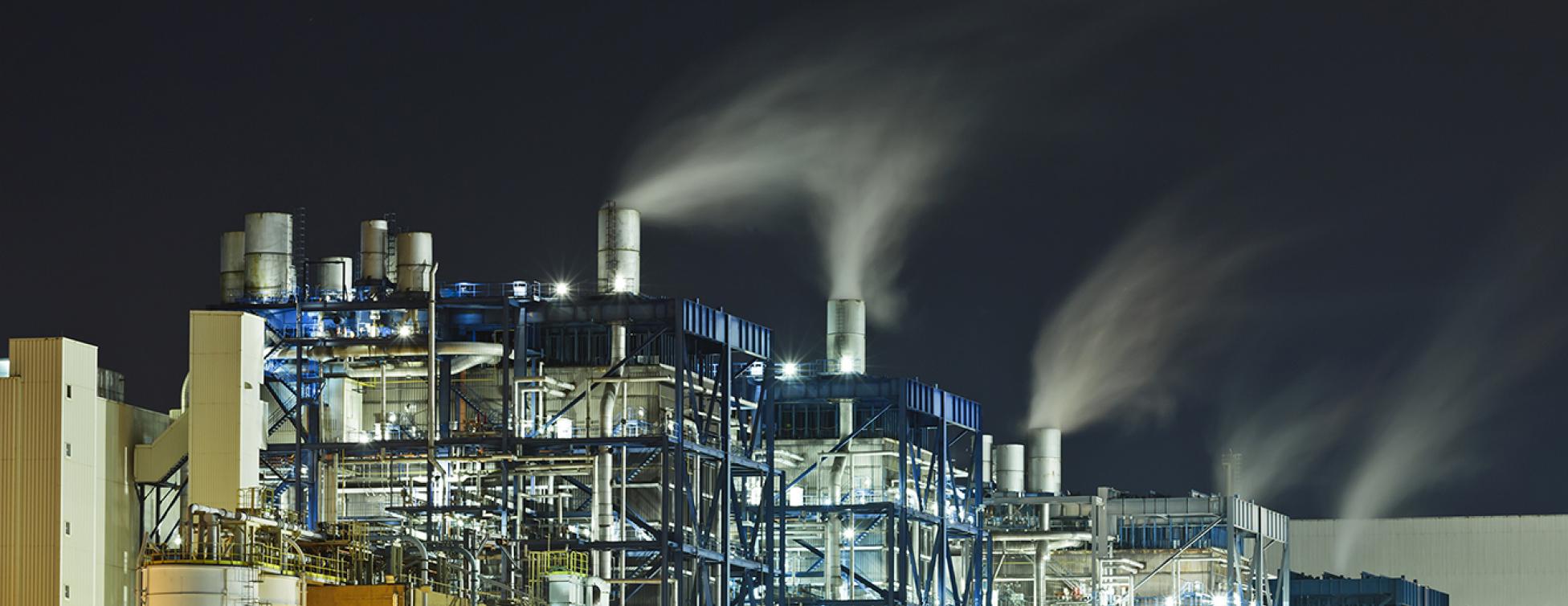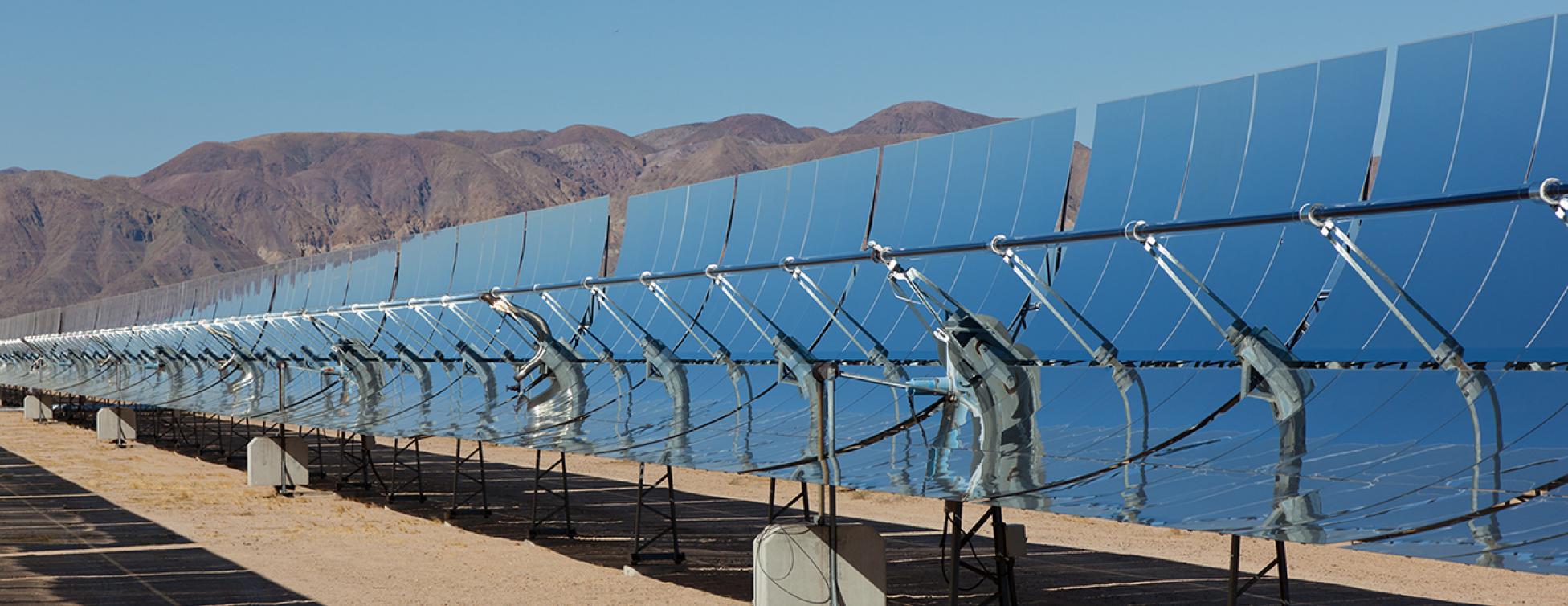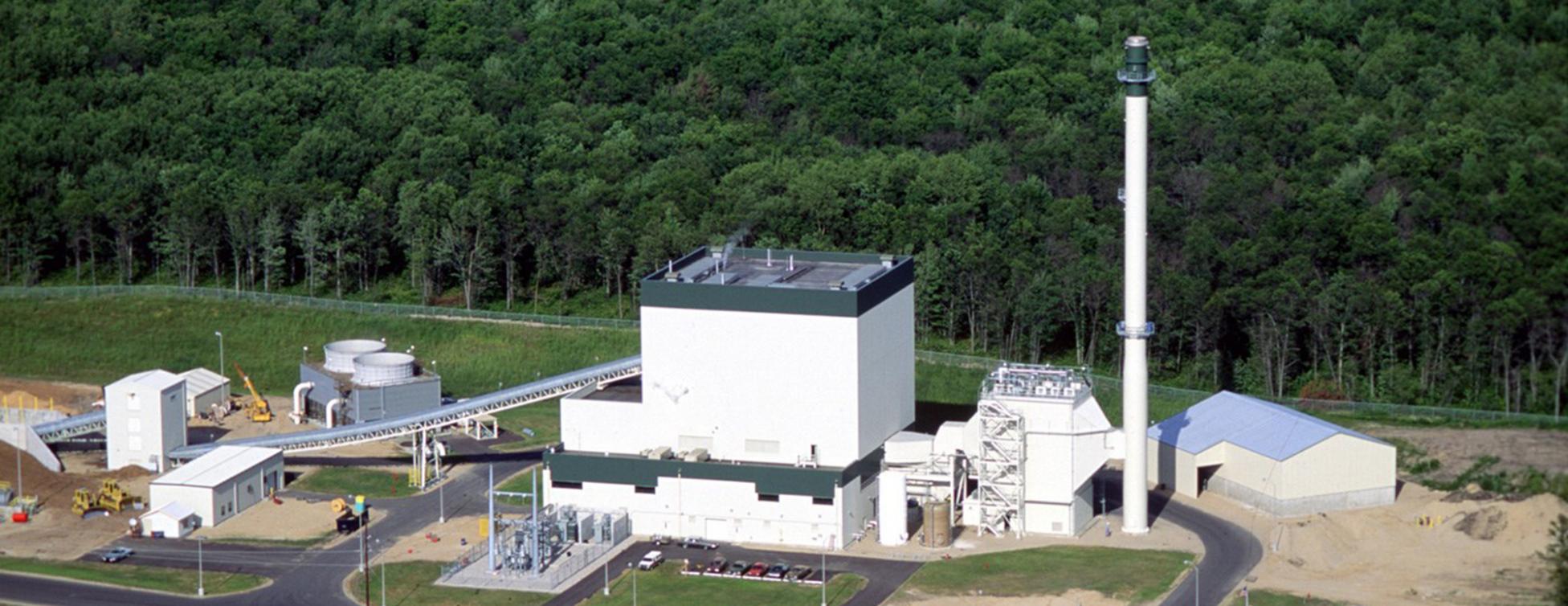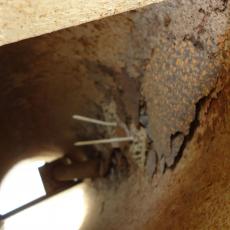October 2018
Porous Pump Castings
One aspect of power plant construction that seems to be a recurring issue is the ineffectiveness of shop inspection by some of the larger international inspection firms.
In this instance, stainless pumps were procured for seawater service. The usual shop inspection process was used, the reports sent and filed. No issues…
However, after a short period of service, there was a rash of pump failures. Keep in mind these pumps had been in service 18 months maximum.
Upon closer look, many of the pumps had casting defects that should have been caught by the manufacturer, or perhaps the supplier of the equipment that included the pumps. If not then, certainly someone on site should have inspected them, but that didn’t happen either.
Once the pumps started to fail, it was easy to see it was a fatigue failure originating from flaws in the castings.
The pictures show several different units, including one that did fail resulting in a damaged pump casing.
Things like this do happen, but they happen less if an Owner actively reviews the inspector reports and questions the... Read more
None. Should have forced supplier to deal with this issue at the factory.
None in this case because it was a Warranty item. However, these pumps are costly and from a foreign supplier. Dealing with this as an O&M group is not cheap or easy.
Hollowed Out...
A facility EPR inspected had a location with an environment that was hot, humid, salt laden, and highly polluted. This reality was addressed as such in the EPC contract with strict coatings requirements.
In the process of performing coating inspections it was discovered that most, perhaps all, of the supports in one portion of the facility were fabricated from pipe but had open ends and are under severe corrosive attack.
As a comparison, a similar design was used for base supports of related equipment, but with the ends capped. So, while it is assumed there are no internal coatings, corrosion would eventually occur and then be arrested and not progress.
In the attached photos the problem can be observed. While identification of the issue is relatively easy, fixing this problem took special technical consideration and analysis by the involved parties. The difficulty was obtaining a proper surface preparation inside the pipe and then properly applying a coating. Another option was to cap the ends after dealing with some surface preparation to remove excess contamination thereby... Read more
Little to none.
In Situ repair costs were comparatively high.



